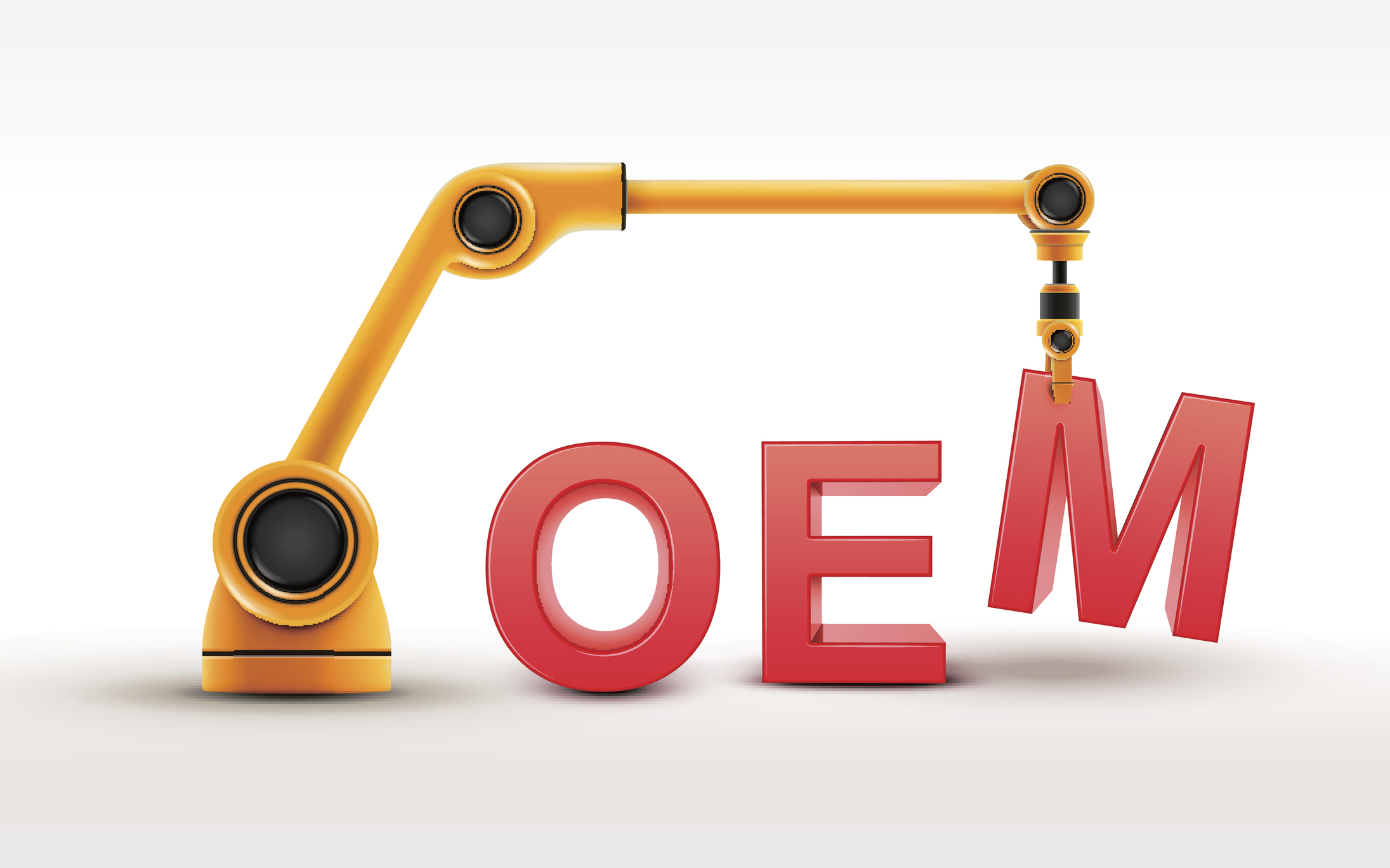When you’re breaking into big box stores, you’re worried about getting your foot into the door and getting a meeting with a buyer. But what happens once you’ve written your proposal, generated some press about your product, caught the attention of a buyer and set up a meeting? What are the next steps?
New vendors are a major risk for buyers, so you’ll be fighting an inherent (though, not intentional) bias. A buyer’s career banks on how profitable their vendors make the store; so, they naturally worry about whether or not you can deliver the goods and deliver them on time. Sometimes, it’s easier for a buyer to keep buying from a vendor they have bought from the past. If they do choose your product, it’s because they believe that your product will sell better than what they’re already purchasing.
To convince a buyer that your product is the better option, there’s five things you should consider.
Don’t Forget They See A Lot of Products
In order to see everything they need to see in a day, the buyer may come off as brusque or like they’re rushing you. That’s fine, just remember they’re seeing a lot of products from a lot of people in one day. Continue your pitch as confidently as possible, don’t let it rattle you.
Some buyers may give you a time limit to present, so make sure you practice for a time limit. Organize your thoughts and prioritize your points. The most important points should come first, in case you go over your time limit. Focus on what makes your product unique, what you’ve learned in your market research and the reasons why the retailer should go with your product.
Offer More Than One Product (if Possible)
When a buyer takes on a new vendor, they have quite a bit of work to do. They have to fill out a whole bunch of paperwork and, some retailers, have very strict rules about dealing with single-product vendors. Even if you have a great product that the buyer thinks would sell, they may be less likely to say yes just because you’re only able to provide them with one option. Suppliers who can offer a whole line of great products are more likely to hear “yes”.
Prove Your Ship Time
While it can be a while before you get your first purchase order, retailers want you to be able to provide a fast turnaround time. It may take them a year to submit their first purchase order, but they’ll expect you to finish and ship their order in a matter of days or weeks.
Prove you have a history of shipping on time with a tight turnaround to really get the buyer to listen.
Show How Your Product Fits in the Current Line
Most retailers have a niche that they fill and want to purchase products that will also fill that niche. In your pitch, prove how your product fits within their line. This is a great time to use your market research.
Find the Right Price
Retailers want to make, on average between a 40 to 65 percent profit margin while still keeping the price at something that will keep their customer base happy. If possible, find what profit margin your prospective retailer aims for and make sure you can supply your product at the price they need to be profitable while being profitable yourself.
Big-box stores might not be right for you, so consider other outlets to sell your product.
At Alotech, we partner with you to find creative ways to help you navigate the manufacturing world. Because we work with inventors with a range of products and needs, we have the resources and knowledge to help you be successful. Contact us today by calling 919-842-3599, or visit our contact page and fill out the form.


